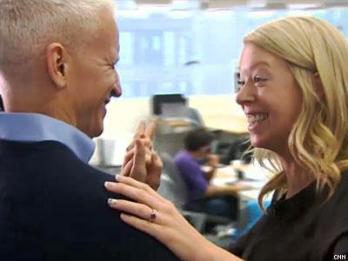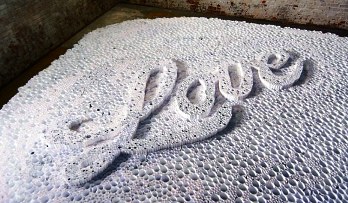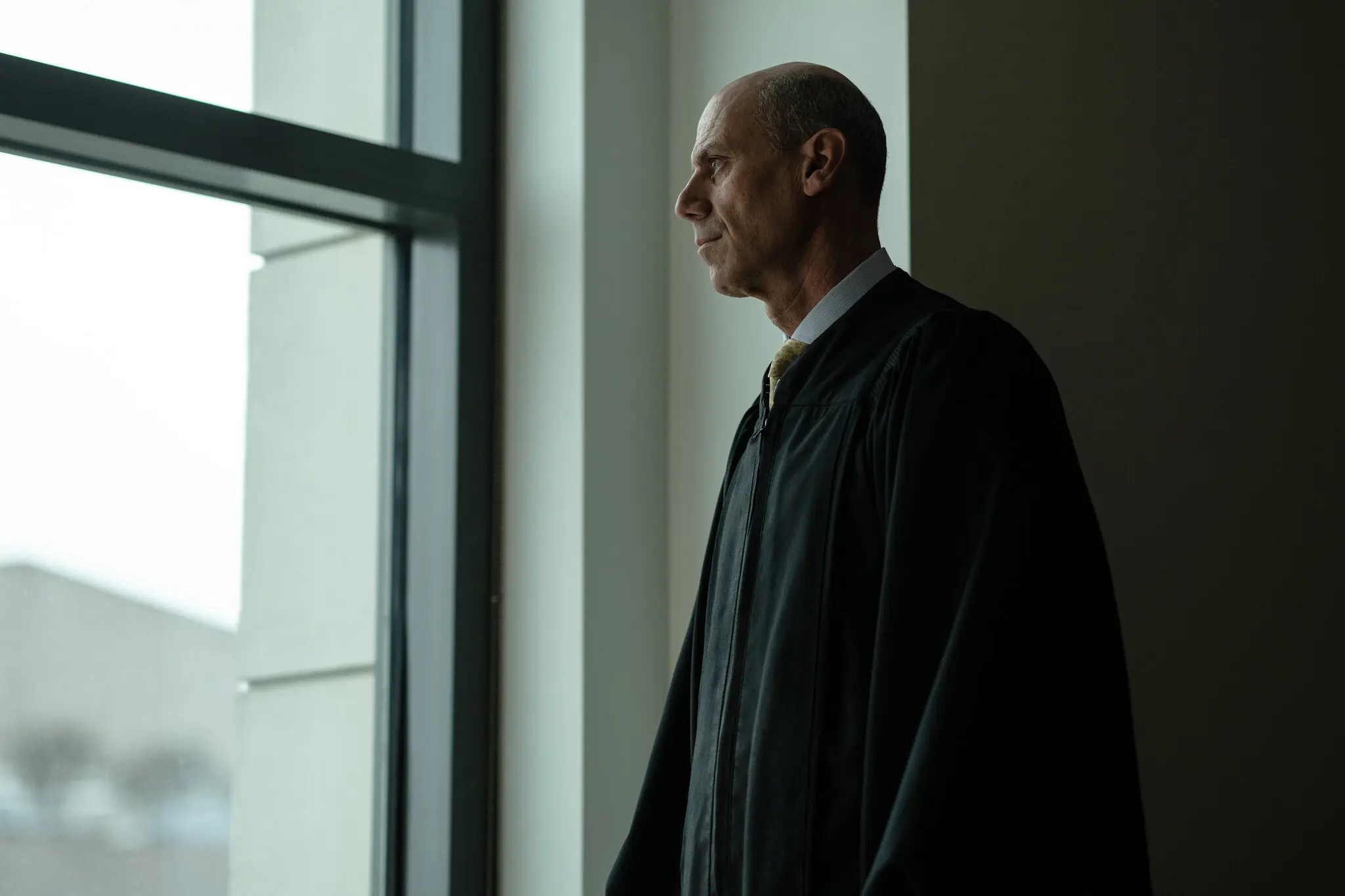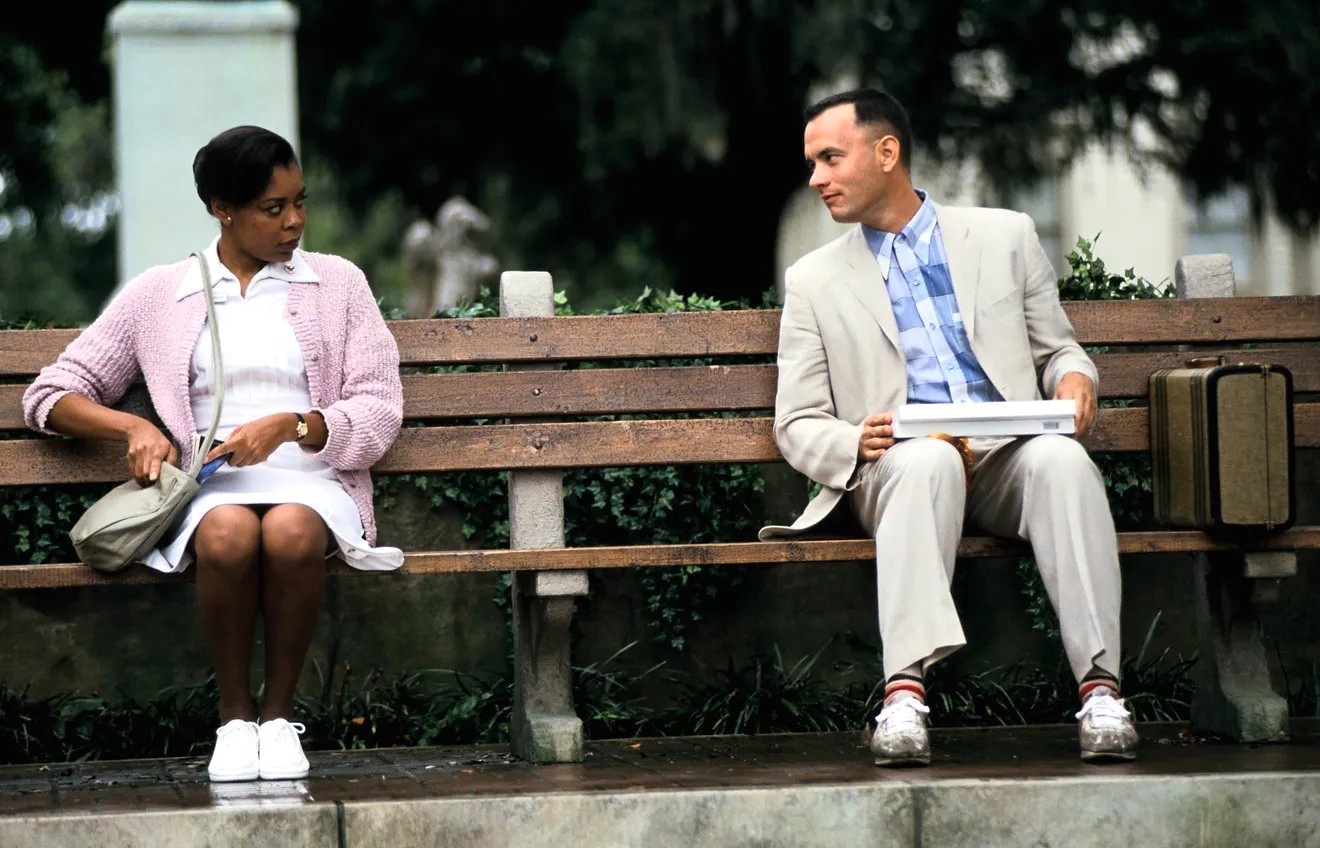It was the authority of an Ohio minister who first brought the power of positive thinking to the national stage.
Norman Vincent Peale’s landmark book, The Power of Positive Thinking in 1952, remained on The New York Times bestseller list for a staggering 186 consecutive weeks. While much of the philosophy lacked named sources and direct evidence, Peale claimed his work was “directed more at self-analysis, forgiveness, character development, and growth.” An early mentor was Religious Science founder Dr. Ernest Holmes who preached, “Change your thinking; change your life.”

After hearing of Peale’s death, President Bill Clinton said, “The name of Dr. Norman Vincent Peale will forever be associated with the wondrously American values of optimism and service. Dr. Peale was an optimist who believed that, whatever the antagonisms and complexities of modern life brought us, anyone could prevail by approaching life with a simple sense of faith.”
It’s that same sense of optimism and faith that I found in two stories this week.
The first comes from CNN’s Anderson Cooper who talks about his time spent with Adrianne Haslet-Davis, one of the survivors of last year’s Boston Marathon bombing.
It’s unusual for a television journalist to get this close to his subject, but then Cooper is not the usual journalist, and his closeness doesn’t prevent the reporter from objectively, as well as sincerely, telling a meaningful story of faith realized.
“Adrianne Haslet-Davis was sitting up in her hospital bed, a bandage wrapped over what remained of her left leg. That was how I first met her. It was just a few days after the Boston Marathon. Just a few days after the bombings that killed three people and left more than 200 others wounded. Just a few days, but Adrianne already knew nothing would ever be quite the same.
“One second she was standing with her husband, Adam, tired after having watched the marathon longer than she’d planned, the next second she was crawling along the sidewalk screaming in pain.
“That is how one’s life changes. A split second. A shard of time that normally goes unnoticed, uncounted.
“Adrianne’s husband was also wounded in the bombing. They both agreed to be interviewed about what had happened and he was by her side when I pulled up a chair and we began to talk. We’ve been talking ever since.
“To say Adrianne was inspiring in those dark, difficult days is an understatement. Her left leg was gone below the knee. She would need a prosthetic limb. But Adrianne wasn’t just facing the difficulty of learning to walk again. Adrianne was a dance instructor. Dancing is what gave her a sense of freedom; it’s what gave her joy. In that first conversation in her hospital room, Adrianne told me that she was determined to dance again.
“None of us in that room knew then exactly what that would entail. Not just the hard work, the hundreds of hours of rehabilitation and physical therapy, but the technology required for Adrianne to dance. Most prosthetic legs are designed for repetitive motion – walking, running – but dancing requires a whole range of stresses on the foot. To dance again Adrianne would need a prosthetic leg designed just for dancing.
“Often in the news business, we don’t revisit people we’ve met. After that first interview with Adrianne, I knew I wanted to continue visiting with her to get a real sense of her road to recovery. Adrianne didn’t want to sugarcoat what she was going through and she agreed to film regular video diaries which provide us an intimate look at some of the most important moments for her this past year. She has courageously been willing to let us all see, not just her moments of triumph, but also her nights of terror – her heartbreak as well as her happiness.
“If terrorism is violence designed to send a message, to instill fear, then the terror attacks in Boston failed. The hatred and hostility that led to those bombs being detonated caused pain and shock, tears and agony, but they did not achieve their goal. The people of Boston pulled together, stood tall, and moved forward. A year after the bombings, Adrianne walks tall, and yes, dances with grace and poise. Her struggles continue, her journey has just begun. She is a survivor, and I hope her story inspires you as it has inspired all those who know her.”
The second story comes from Mondelez International who makes Honey Made graham crackers, under the Nabisco brand. The company recently released a series of 30-second commercials featuring different families including a mixed race couple and gay couple. No sooner had the ads hit the airwaves than the company received more than a little anti-gay backlash in the form of e-mails.
While some companies typically reply with a press release defending their actions, Mondelez chose something a little more thoughtful. The company hired two artists who created a three-dimensional sculpture. They printed out, rolled-up and glued all the negative responses together to spell out the word, “LOVE.”

But that’s not the end of the story – or the video that was posted on YouTube.
In a time-lapse sequence, the artists then assembled all of thepositive responses in a background design. The positive comments far outweighed the negative by 10 to 1.

The tagline at the end of the video reads: “Proving that only one thing matters when it comes to family.” It then cuts to the ‘Love’ sculpture.
Two stories. One message: the power of positive thinking.
Comments










